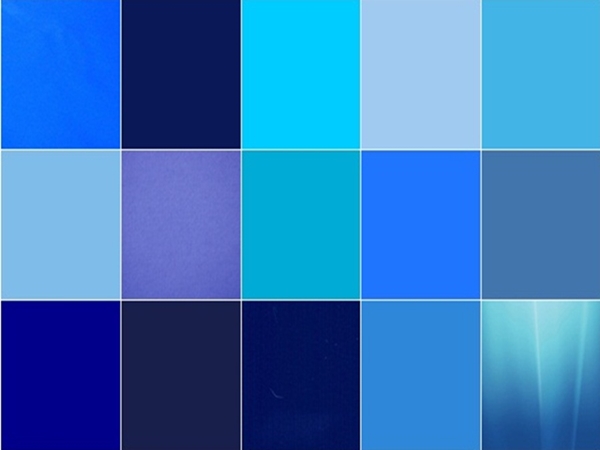

One study of 330 children between 4-11 years old found they used their favourite colours when drawing a "nice" character and tended to use black when drawing a "nasty" character ( although other studies have failed to find such links, so emotional associations and colour are far from straightforward). They are more likely to link bright colours like orange, yellow, purple or pink to positive rather than negative emotions. (They do show some preference for lighter shades, though.) But the more time children spend in the world, the more they start to develop stronger affinities to certain colours, based on those they have been exposed to and the associations they link them to. Infants have broad and fairly inconsistent preferences for colours, according to research. Our selection of a favourite colour is something that tends to emerge in childhood: ask any child what theirs is and the majority – crayon in hand – will already be primed to answer. It seems to be cross cultural, and there's no big difference – people just like blue." (Interestingly, Japan is one of the few countries where people rank white in their top three colours). "Because once we get to be adults, we all like blue. "I have a slide already made up saying '80% of you said blue'," Labrecque tells them. After they respond, she clicks on her presentation. Like a Pantone-sponsored party trick, she'll often ask students in her classes to name their favourite colour. The dominance of blue in such lists doesn't surprise Lauren Labrecque, an associate professor at the University of Rhode Island who studies the effect of colour in marketing. They were joined by a shade of purple, a green and a pink.

Again, classic blue ranked in the top spot while six other shades of blue appeared in the top 10, including the delightful sounding "blizzard blue". Seven years later, the firm repeated its experiment. Most chose a fairly standard blue, but three other blue shades also made the top 10 list. “leave it on.” he insists. “i like it.” dalton smiles.In 1993, crayon-maker Crayola conducted an unscientific, but intriguing poll: it asked US children to name their favourite crayon colour. harry only smiles fondly, standing and stepping around the table to press a quick, soft kiss to his cheek. “m-maybe.” dalton says, feeling his cheeks burn as a blush forms. “thank you.” he says, almost feeling himself be brought to tears at the relief of harry not judging him. you might want to let it dry, first.” dalton brings his hands up to admire the work, a smile appearing on his face. “there.” harry says a few moments later. “all done. “i’ve done this plenty of times before.” dalton expects for him to say something else, ask why the color is a glittery deep blue as opposed to the solid black that’s been deemed somewhat normal for guys, but he doesn’t, and instead the two fall into a comfortable silence. he can’t keep them steady enough to get the color neat and right, and after going through nearly half a bottle of polish removal, he finds the brush being taken out of his hand, but when he opens his mouth to protest, harry only shushes him. The first time dalton paints his nails, his hands shake.


 0 kommentar(er)
0 kommentar(er)
